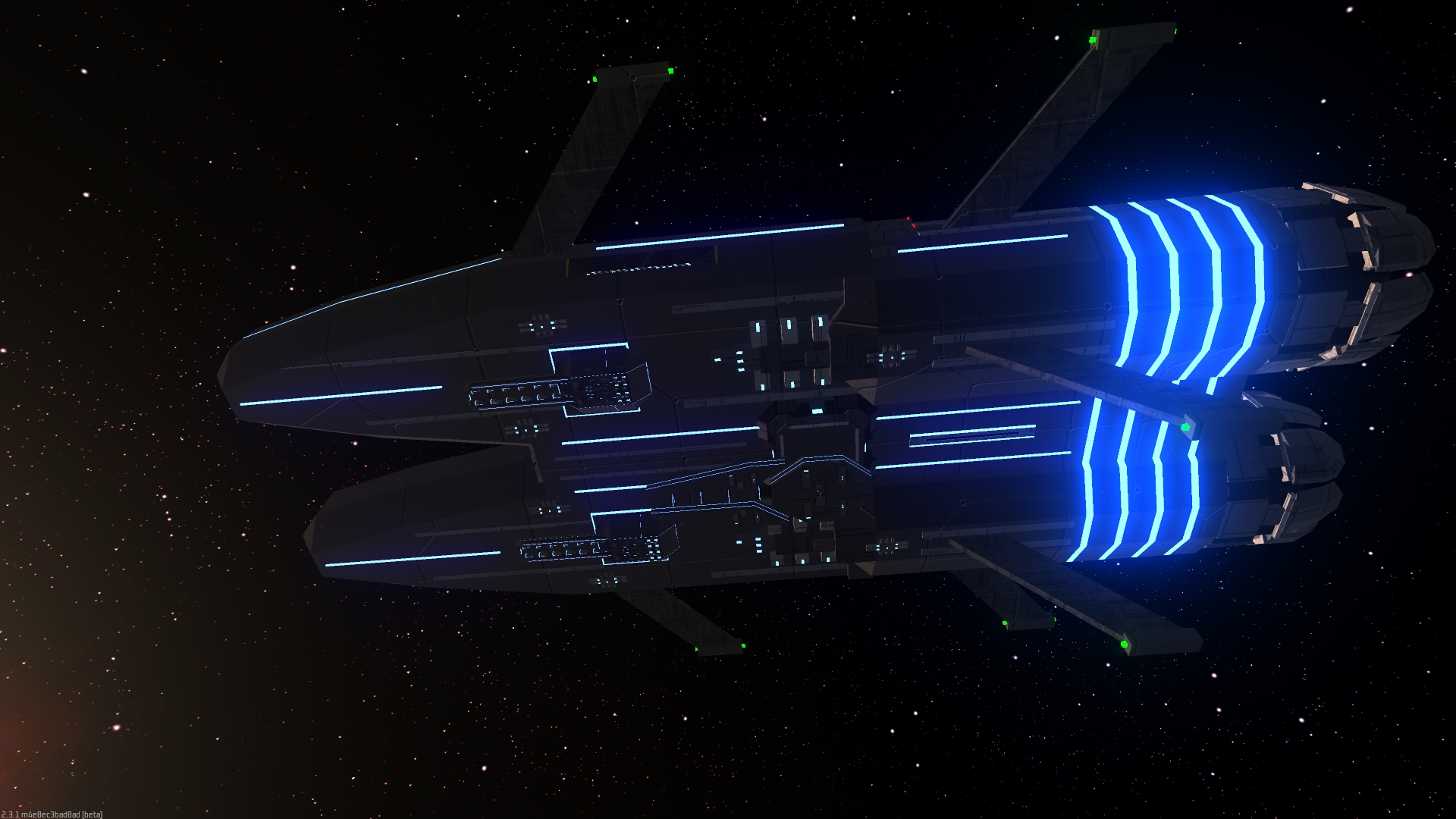Anagon
A sentient alien species native to the Arcturus Galaxy. The Anagon race is an anomaly to the Hyperion Federation - their homeworld is Urgand, a neutron star with a class B star, both orbiting each other, forming a binary system.
The Anagon came from the neutron star, and are entirely comprised of neutron QCD matter. As neutrons bonded to each other via the strong nuclear force, complex molecules formed and created QCD matter life on the world. QCD matter is extremely dense; despite them having a radius of about 0.2mm on average, they are heavier than humans.
Normally, due to the extremely rapid speed at which nuclear reactions take place compared to cheimcal ones, Anagons would experience time significantly faster than other species. However, the Xadia Ancients predicted this would happen. They could not allow them to subjugate their project, the Suon species. The ancients built a time dilation machine and embedded it in the star that eventually underwent supernova and turned into the neutron star. This machine dilated the time experienced by Anagons as well as other species on that world so that they experience time in a simlar rate as other races.
Basic Information
Anatomy
Due to the extreme gravity, avagons are extremely flat. They resemble pancakes, but can move by turning into a long cylinder and pushing against the ground to roll. This is achieved through rows of small, very strong tentacles which form on either side of the cylinder body. Manipulation is achieved through the same tentacles.
Genetics and Reproduction
Anagons have 2 different genders, male and female, and reproduce like mammals. Newborn anagons achieve sentience after about 15 months (Earth equivalent time, the neutron star doesnt have months), and develop to full grown size after about 20 years. They become reproductively fertile after about 16 years.
Ecology and Habitats
Anagons like to construct houses similar to oher races, but notably, their occupied worlds require no defences as it is impossible for any Arcturus faction to invade Anagon worlds (they are neutron stars). Even orbital bombardment is very inefficient and unsuccessful, rarely getting any anagons killed outside of direct hits.
Dietary Needs and Habits
Objects passing through an anagon digestive tract are typically expelled after about 4-5 days. If they dont eat for about 1 month they will starve.
Biological Cycle
The anagon body can adapt to variations in temperature. During relatively cold periods, the body can form into the cylinder-like shape used for movement which reduces their surface area signifiacntly and makes it easier to retain heat.
Additional Information
Perception and Sensory Capabilities
Anagons have extremely small eyes. They can see UV light far better than visible light. Otherwise, they can also hear sounds because the neutron star does have an atmosphere, just a very small and dense one. As QCD matter is extremely dense, sound travels very rapidly. Furthermore, due to the very high magnetic field strength of the neutron star, anagons can also percieve magnetic fields using an organ designed for magnetoperception. This is primarily used for navigation, but when there is no magnetic field it can cause sensory defict and could cause pain. For this reason, all Anagon starships have magnetic field generators, which can also double as a protection against electron based particle cannons.
Civilization and Culture
History
On their homeworld, a very long time ago, neutrons of QCD matter combined with each other via the strong force, creating moleculjes. Eventually they became large and complex enough to self-replicate, allowing for life.
Upon evolving to become sentient, they still needed to defeat all the larger predators on their homeworld. Due to the extreme gravity, ranged weapons developed on the neutron star would have an immense velocity, with much energy put into the projectiles via the Anagon's very powerful muscles which are required to exist on the neutron star.
These projectile weapons are powerful enough to defeat the larger predators on the star.
Due to the lack of fissile materials on the star, fission reactors were never developed.
Lifespan
750
Average Weight
90 kg
Average Length
0.2mm
Related Organizations



Comments